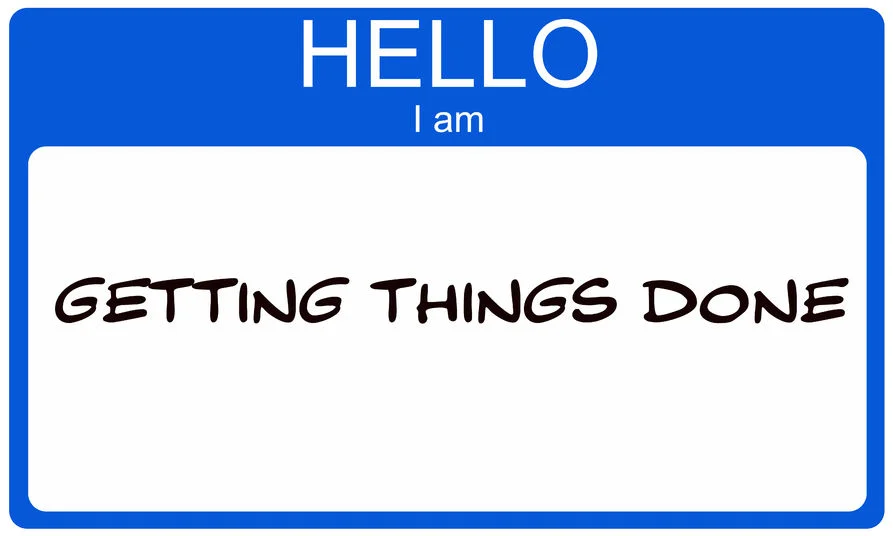Strategies to Enhance Engagement and Productivity
Gallup reported 68% of United States employees in 2015 were not engaged. As a result employees are not doing their work. Workforces creating value do strengthening activities. So, their work ethic, work style, habits and routines are naturally creating organizational values.
Observing others doing brings opportunities to understand their values.
Therefore, it strengthens team-based performance, and also company-wide inclusivity and diversity.
Thakor’s Competing Values Model describes four strategies for creating value: control, compete, create, and collaborate.
These are all active processes; and,
described respectively as doing things right, doing things fast, doing things first, and doing things together.
As much as possible, do with an upstream focus.
“Upstream” is a concept from public health. It means starting at the source. Getting things right from the start and preventing problems from arising later, downstream.
On-site Health Clinics and mono tasking are two strategies ripe for Doing Upstream.
On-site Health Clinics
“We’ll keep you well, and, by the way, if you get sick we’ll take care of that too.”
Due to Harry Quadracci's upstream commitment, the founder of our country’s largest privately held commercial printing company, QuadMed, attracted and retained talent. Seems like creating value includes bringing primary health care on-site. Since Harry listened to his employees, he saves more than midwest companies combined.
On-site health clinics:
decrease medical costs for companies,
promote long-term employee health,
decrease absenteeism, and
increase productivity.
29% of companies with 5,000 or more employees provide on-site or nearby health clinics. Also, over forty companies on Fortune's '100 Best Companies to Work For' offer on-site health care.
Probably time to initiate creating value by addressing employees health care needs. Here are two resources to start:
A Monotasking Culture
Corporations that infuse the value of multi-tasking lose up to 40% of daily productivity time per employee.
Our brain can only attend to one thing at a time. When we write a report while texting and responding to emails we train our brain's attention.
Multi-tasking is training our brain to have a shorter attention span.
What appears to be multi-tasking is instead switching tasks. Furthermore, researchers at the University of Sussex in the UK discovered through functional magnetic resonance imaging (fMRI) that frequent multitaskers have decreased capacity for empathy, cognitive and emotional control. All generations are conditioned to multi-task.
Create a culture of monotasking with these strategies:
Doing one task at a time.Open culture to tagging multi-taskers. Expose them with a wearable object (i.e. lanyard, button, sticker) for the day.
Being a prioritizing culture. This is a culture with a common, prioritizing language. It fosters teamwork and recognizable stress management.
Doing Time Blocking as job appropriate. Universal cue cards available (i.e. do not disturb, quiet please, be back in __ minutes) to identify who is time blocked, not available to communicate.
Becoming a culture with Distraction-Free work zones. Rally your culture to identify what a ‘distraction-free zone’ would appear as, including furnishings and objects, location within the building, and set rules to observe with use. Try it with one zone. Add more over time and demand.
A unified corporate culture asks, “what makes our workplace unique from the others?”
"We are creating value", is the response of workforces with aim to unite a multi-generational culture.
The Doing, Being, Becoming Model is one of many occupational therapy frameworks that guides corporate wellness practice.







